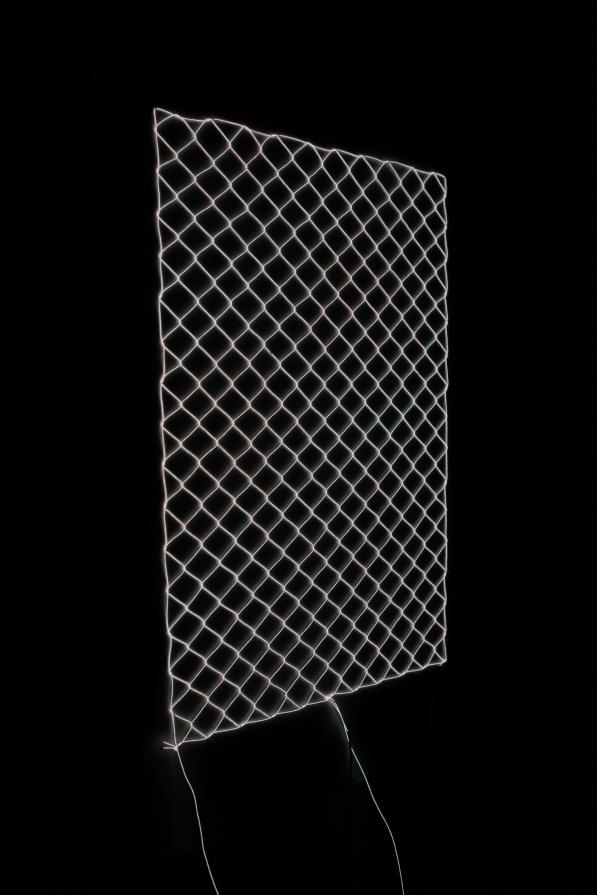the Fence
French philosopher Maurice Merleau-Ponty dealt with “perceptive milieu” of the individual and his work
Phenomenology of perception (1945) represents an important moment in defining the meaning as a context
dependent on a viewer’s visual journey. Merleau-Ponty points out the meaning as a function of a physical
connection with the viewer’s space horizon by which the meaning of an artwork becomes dependent on the
exchange taking place during the connection arisen between the artwork and its viewer.
The work of Martin Sedlák depends on a human being, his perception, associations, experience. In the author’s
opinion, a personal relationship is created between his artwork and a viewer’s vision, and this relationship
gives rise to the intimacy of objects. In this case, Merleau-Ponty’s Phenomenology can be applied to the
artwork itself which is more prominent than the inner world of the author. That alone does not guarantee the
meaning of an artwork – the meaning of an artwork comes into existence only through the dialogue of the
artwork and its viewer. At the same time, by initiating a direct communication of an artwork and its viewer
during which a viewer is immersed in the world of an object, and when a personal relationship is created
between the object and the viewer’s vision of it, some parallels of Sedlák’s outputs with the thinking of
minimalist authors, which are usually mentioned in connection with his works, are contested.









Commenti 0
Inserisci commento